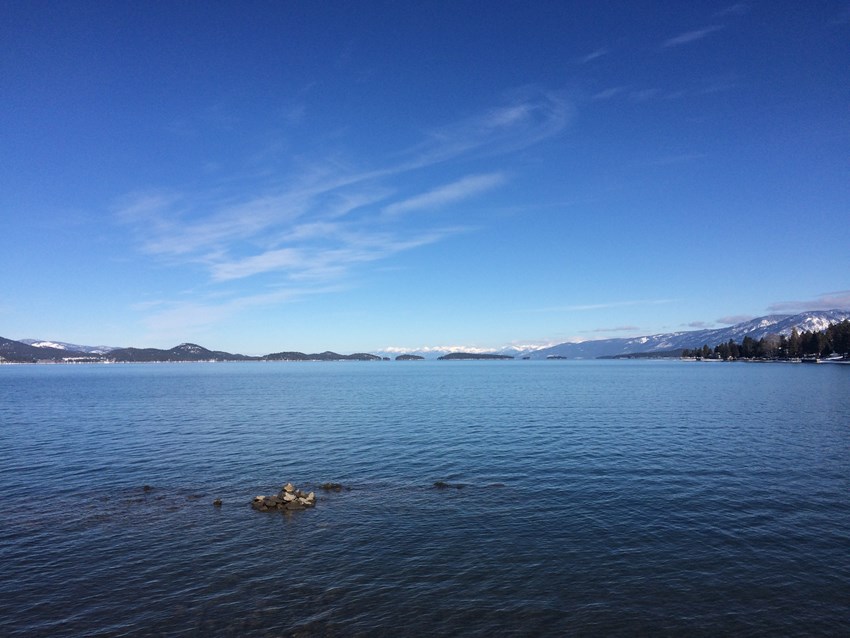FLBS Research Economist Reports Invasive Mussels Could Cost Montana $234 Million per Year
The arrival of invasive mussels could cost Montana more than $230 million in annual mitigation costs and lost revenue, according to a recent report by Flathead Lake Biological Station (FLBS) research scientist and environmental economist Nanette Nelson.
The report, which was commissioned by the Montana Invasive Species Council (MISC), provides an assessment of projected direct costs to affected stakeholders who depend on surface water resources in Montana.
"My hope is that this report will help inform stakeholders and representatives on the economic cost of mussel infestation," said Nelson. "With this information on-hand, they can better advocate for the continued funding of Montana's aquatic invasive species prevention programs and boat inspection station resources."
Currently, Montana’s Aquatic Invasive Species (AIS) funding is around $6.5 million annually, roughly three percent of the estimated $234 million annual costs for invasive mussel mitigation and lost direct revenue to affected stakeholders.
Invasive mussels would likely affect agriculture, hydropower facilities, drinking water supplies, property values and recreation. Nelson identifies three key economic sectors in her report—recreation, infrastructure, and irrigation- that face the greatest potential impacts from an established mussel infestation, accounting for 60 to 75 percent of the total potential damages statewide.

FLBS Research Economist Nanette Nelson meets with Energy Keepers CEO Brian Lipscomb to discuss the potential mitigation costs and lost revenue if invasive mussels were to reach the hydroelectric plant on Flathead River.
The numbers in Nelson’s report do not represent total economic impact to the state. Indirect costs such as ecological damages, lost jobs and the loss of personal and cultural benefits from lakes and rivers are not included, and the total economic impact, which has yet to be determined, is assumed to be considerably higher than the $234 million per year reported.
“Eradicating invasive mussels once they establish is difficult if not impossible,” said Thomas Woolf, MT Fish Wildlife, and Parks Aquatic Invasive Species bureau chief. “Prevention is our best bet at keeping them out of our waters and avoiding the costs associated with their impacts. Research continues on methods to prevent and manage mussels, so the longer we can keep them out, the better the chances we’ll see a solution to the problem.”
VIEW ESTIMATED ECONOMIC DAMAGES OF INVASIVE MUSSELS TO MONTANA FACT SHEET
According to researchers, early detection is key in preventing mussel infestation. Recently, an investigative team consisting of several FLBS researchers received a grant from NASA that will support a new project that aims to increase early detection of aquatic invasive mussels. The project is a collaborative effort between FLBS, MT Fish Wildlife, and Parks, the United States Geological Survey, and the United States Forest Service, in addition to several other state and federal agencies.
The MISC is a statewide partnership working to protect Montana’s economy, natural resources, and public health through a coordinated approach to combat invasive species. For more information about MISC, visit misc.mt.gov. For more information about the report, contact Nanette Nelson at (406) 872-4522 or by email at nanette.nelson@flbs.umt.edu.


